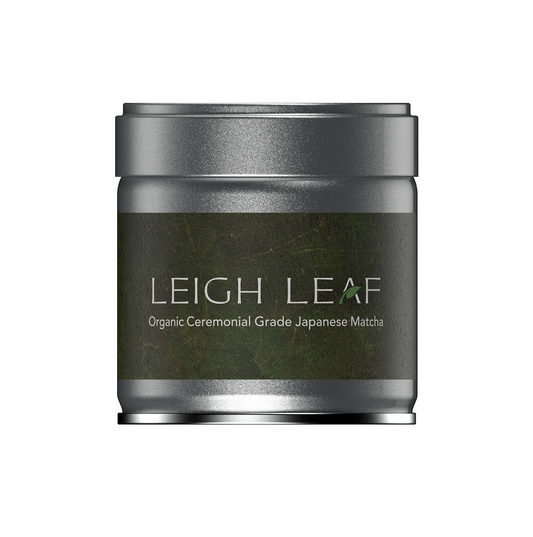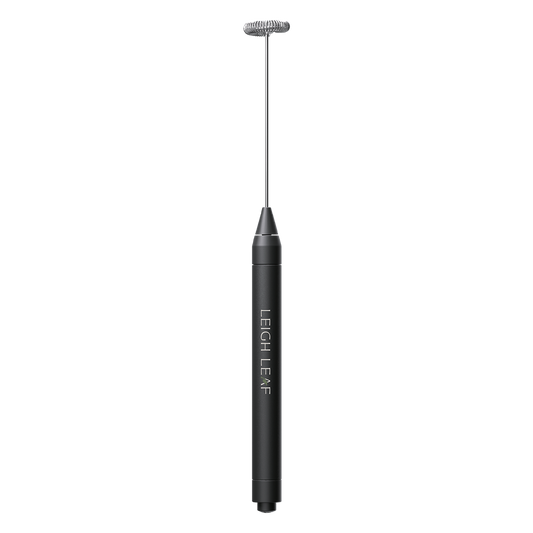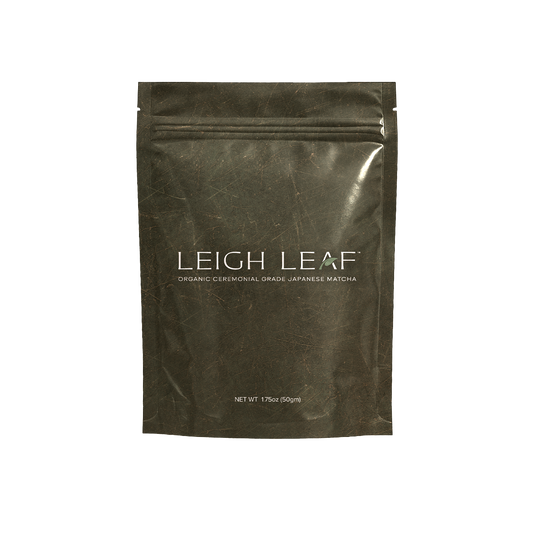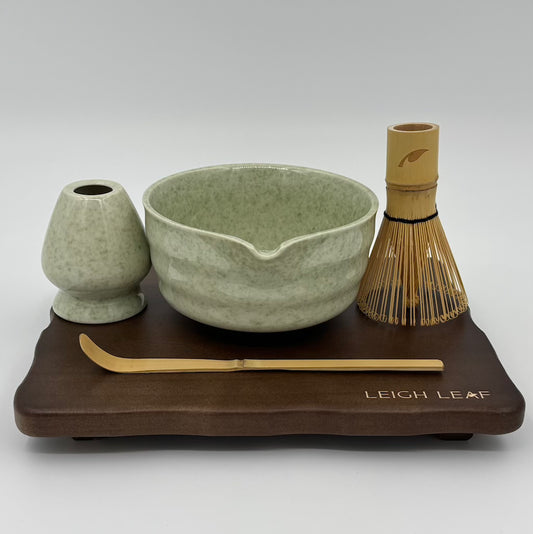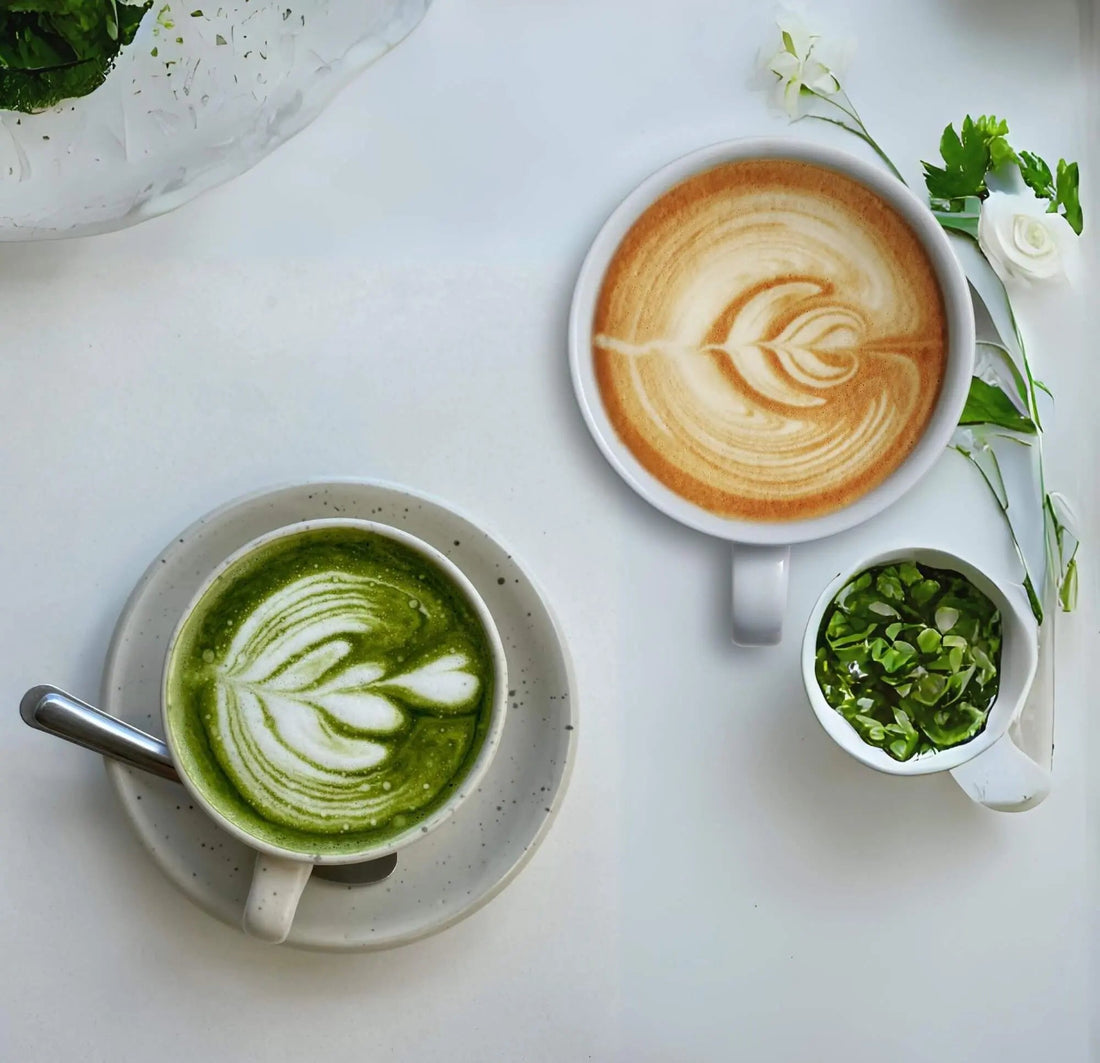
Matcha vs Coffee: How Do They Compare?
Share
In the world of beverages, few rivals command the same devotion as matcha and coffee. These two caffeinated giants have loyal followings, each with its own unique flavor profile, preparation method, and health benefits. In this matcha vs. coffee showdown, we'll dissect these green and brown elixirs, comparing them in taste, caffeine content, health advantages, and preparation techniques. Whether you're a seasoned matcha enthusiast or a die-hard coffee lover, this exploration will uncover the secrets of these two beloved brews.
Table of content
What is Matcha?
Matcha, a green tea from Japan with a history spanning centuries, The preparation of matcha is different from that of regular green tea. Known as a powdered green tea made from shade-grown tea leaves, matcha is a green tea powder made from shade-grown leaves. This meticulous process enhances its flavor and nutrient content, making it a powerhouse of antioxidants and other health-promoting compounds.
What Does Matcha Taste Like?
Matcha's flavor is a delightful mix of earthiness and umami, with a hint of sweetness. Think of a rich, creamy texture that is offset by a grassy, vegetal undertone. A meadow kissed by a soft breeze is somewhat like that when you are drinking it. It is possible to taste a difference in taste between ceremonial and culinary grade matcha; ceremonial matcha's taste is more refined and mellow, while culinary matcha's taste is bolder.
Does Matcha Contain Caffeine?
Yes, matcha contains caffeine, but not as much as coffee. An estimated 30-40 milligrams of caffeine are found in a cup of matcha, while 95–200 milligrams can be found in a cup of coffee. In addition to caffeine, matcha contains other compounds, such as L-theanine, a compound that promotes alertness without causing jitters or crashes like coffee does.
How Much Matcha Should You Consume?
The optimal amount of matcha can vary from person to person, depending on your tolerance to caffeine and personal preferences. Generally, a serving size of matcha is about 1 to 2 teaspoons of the powder mixed with hot water. Maintaining a healthy lifestyle begins with adapting to your body's needs. Caffeine may cause restlessness, anxiety, or sleep deprivation if you consume too much of it.
Matcha Tea Benefits over Coffee
Now, let's explore why some people choose matcha over coffee. While coffee has its merits, matcha offers unique health advantages:
Antioxidant Powerhouse: Matcha boasts an impressive antioxidant profile, including a high concentration of catechins, which are believed to have cancer-fighting properties. Coffee also contains antioxidants, but matcha takes the lead in this department.
Calming Effect: Matcha's caffeine and L-theanine combine to create a relaxed alertness. Without the jittery energy crashes brought on by coffee, focus is improved.
Improved Metabolism: Matcha may aid in weight management and metabolism due to its catechin content. Fat oxidation and calorie burning are associated with these compounds.
In addition to its detoxifying properties, chlorophyll, the pigment that gives matcha its vibrant green color, is an antioxidant. It helps the body eliminate harmful toxins.
How Do You Make Matcha?
The preparation of matcha is a form of art in and of itself.
Here's a simple guide to get you started:
Sift the Matcha: Place 1-2 teaspoons of matcha powder into a sieve and sift it into your matcha bowl. This step ensures a smooth, clump-free brew.
Add Hot Water: Heat water to about 175°F (80°C) and pour a small amount into the bowl. Whisk the matcha and water into a paste-like consistency.
Complete the Brew: Add more hot water gradually and whisk vigorously until the tea becomes frothy. It's ready to drink!
How Do You Get Started with Matcha?
It's easy to get started with matcha.
Here are some tips for the matcha novice:
Choose Quality Matcha: Invest in good-quality matcha powder, preferably ceremonial grade matcha, for the best taste and health benefits.
Get the Right Tools: A bamboo whisk (chasen) and a matcha bowl (chawan) are traditional tools for preparing matcha. While not essential, they enhance the experience.
Experiment with Recipes: Don't limit yourself to traditional matcha tea. Explore matcha lattes, smoothies, and even matcha-flavored desserts.
Enjoy the Ritual: Embrace the meditative aspect of matcha preparation. The process can be as soothing as the tea itself.
Is Matcha High in Caffeine?
Matcha's caffeine content, as mentioned earlier, is lower than that of coffee, but it's not caffeine-free. If you're highly sensitive to caffeine, you might still want to be cautious with matcha consumption, especially in the late afternoon or evening. However, the presence of L-theanine helps balance caffeine's effects, promoting a calmer state of alertness.
Comparing Matcha with Coffee
Now that we've delved into matcha, let's turn our attention to coffee. Coffee, most commonly brewed from roasted coffee beans, has a flavor profile that's notably distinct from matcha. In terms of taste, it can range from robust and bitter to smooth and nutty, depending on the type of beans, roast level, and brewing method. Check out Leigh Leaf for more information on Matcha.
Similarities Between Matcha and Espresso
Espresso, a concentrated coffee shot, shares some similarities with matcha, albeit with some significant differences:
Caffeine Boost: Like matcha, espresso delivers a quick caffeine punch. It's often favored for its rapid energizing effects.
Rich Flavor: Both espresso and matcha offer intense, concentrated flavors that can be savored sip by sip.
Versatile Recipes: Both can be used as a base for a variety of beverages, from lattes to mochas.
Difference Between How Matcha is Prepared vs. Espresso
While both matcha and espresso are beloved for their caffeine content, the preparation methods couldn't be more different:
Matcha's Whisking Ritual: Preparing matcha is a graceful, almost ceremonial process that involves sifting, whisking, and precise measurements.
Espresso Machines: The process of making espresso involves pressing hot water under pressure through ground coffee beans.
How Matcha is Prepared
Matcha preparation prioritizes finesse. Its careful preparation method contributes to its unique flavor and texture. This process includes:
Shade-Growing: Green tea leaves are shaded for weeks before harvest, boosting chlorophyll and amino acid content.
Steaming: Steaming preserves the leaves' green color and nutrients by preventing oxidation.
Drying: After steaming, the leaves are dried, and veins and stems are removed to create tencha, the base for matcha.
Grinding: Stone mills are used to grind tencha into a fine powder. This step is crucial to achieving the characteristic matcha consistency.
In Conclusion
In the matcha vs. coffee showdown, both beverages have their merits, offering unique flavors and caffeine experiences. Organic Matcha Powder, with its earthy umami and calm energy, stands out as a healthy and meditative choice. The rich and diverse flavors of coffee make it the perfect pick-me-up for many people.
Matcha or coffee ultimately comes down to personal taste and lifestyle preferences. Some may find solace in the mindful ritual of matcha preparation, while others may crave the boldness of an espresso shot. Whichever you choose, remember that both of these beverages have a place in a world where diversity and choice are celebrated.

